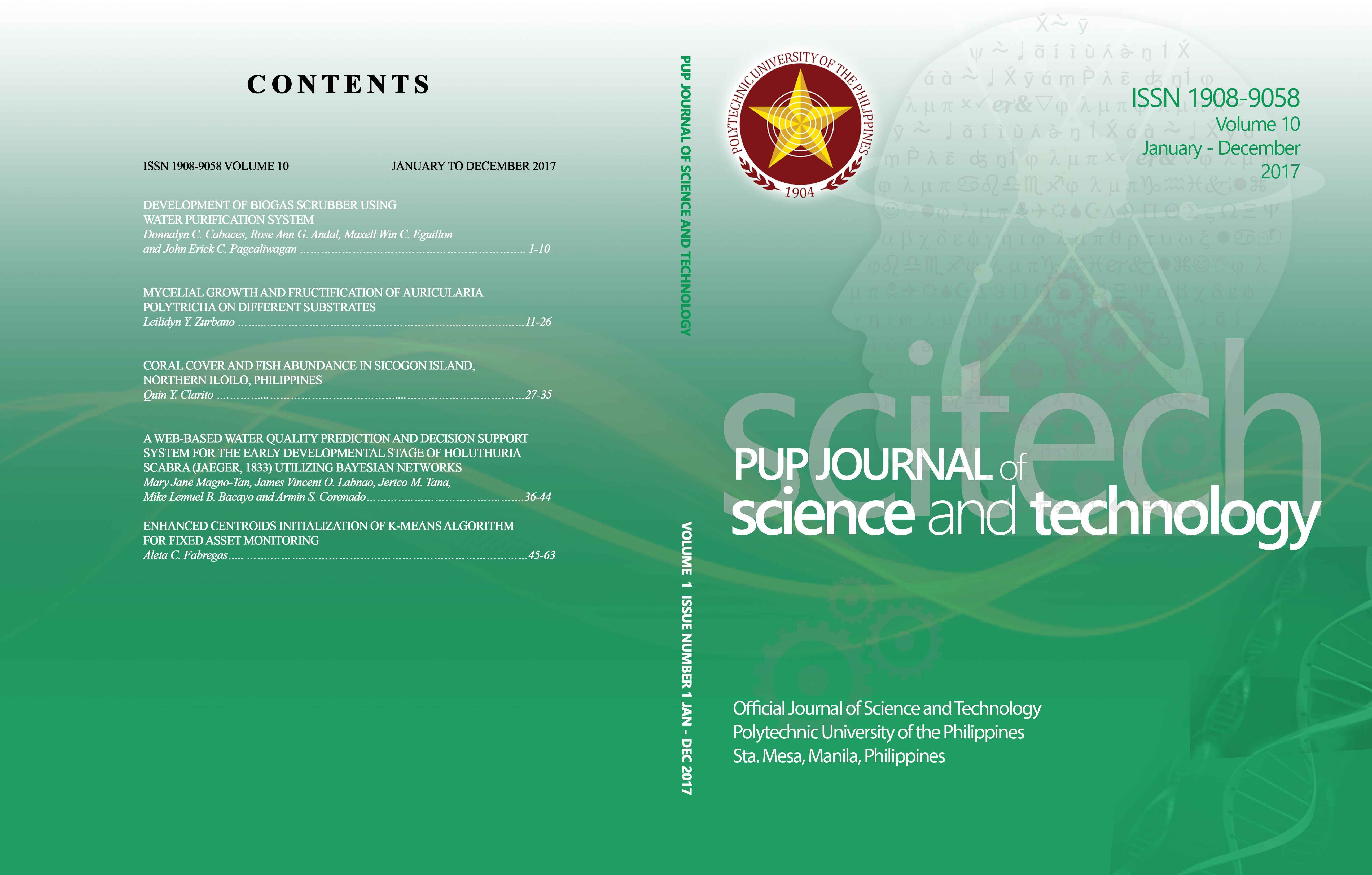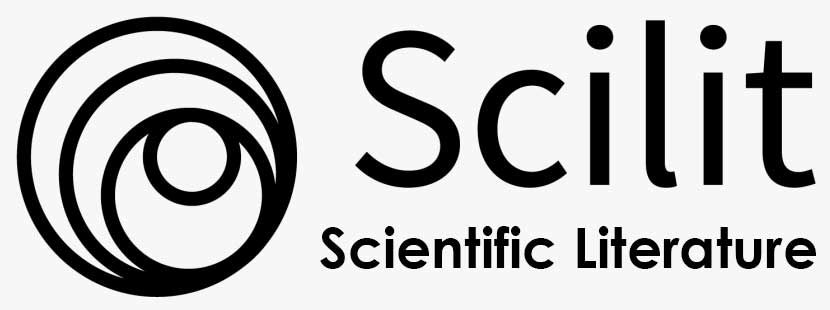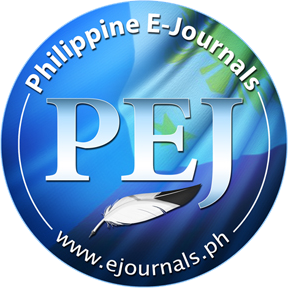A Web-Based Water Quality Prediction And Decision Support System for the Early Developmental Stage of Holuthuria scabra (Jaeger, 1833) Utilizing Bayesian Networks
DOI:
https://doi.org/10.70922/hrcmye74Keywords:
Bayesian networks, decision support system, Holuthuria scabra, water quality predictionAbstract
Holuthuria scabra is a high valued marine species in the Philippines. During its early developmental stage, the larvae depends on the water quality of the larval tank in order to survive. But as the quality of the larvae tank changes unpredictably, only 2% of the larvae survived into a juvenile. This research aims to develop a decision support system (DSS) using Bayesian Networks, which predicts the water quality of the larval tank during the early developmental stage of H. scabra and provides suggestion on the amount of water to be added to the larval tanks to maintain an optimum water quality. Using Mean Absolute Percentage Error (MAPE) to compute the forecast accuracy (FA), results show 84.37%, 88.44% and 88.44% accuracy in forecasting the salinity level, dissolved oxygen level and temperature, respectively and an overall FA of 87.08%. The FA in predicting the salinity level is significantly lower than the FA in predicting the dissolved oxygen level and temperature due to lack of variation on the training data. One-way Analysis of Variance (ANOVA) show that there is no significant difference (∝0.05<0.2576) between the advice of the DSS and human experts in the amount of water needed to be added to the larval tank.
Downloads
References
Akamine, J. (2001). Holothurian exploitation in the Philippines: continuities and discontinuities. Tropics, 10 (4), 591– 607.
Bureau of Reclamation. (2013). Information required for short-term water management decisions outlined. ScienceDaily. Retrieved September 29, 2015 from www.sciencedaily.com/releases/2013/01/130109185924.htm.
Casilagan, I.L. & Juinio-Meñez, M.A. (2007). Documentation report of the National Forum on Sea Cucumber Fisheries Management, Dagupan, Pangasinan, Philippines. 6-9.
George, G. (2013). Fish larval transport in the coastal waters through ecological modelling. National Institute of Oceanography.
Juinio-Meñez M., Paña, M., de Peralta, G., Catbagan, T., Olavides, R., Edullantes, C & Rodriguez B. (2012). Establishment and management of communal sandfish (Holothuria scabra) sea ranching in the Philippines. Marine Science Institute, University of the Philippines.
Lou, T., Young, R., & Reig, P. (2015). Aqueduct projected water stress world ranking. World Resources Institute.
Palani S. & Liong S. (2008). An ANN Application for Water Quality Forecasting. Marine Pollution Bulletin, 56 (9),1586-97, doi: 10.1016/j.marpolbul.2008.05.021.
Wu, E. (2015). What is the difference between a Bayesian network and an artificial neural network? https://www.quora.com/What-is-the-difference-between-a-Bayesiannetwork-and-an-artificial-neural-network
Downloads
Published
Issue
Section
License
Copyright (c) 2018 PUP Journal of Science and Technology

This work is licensed under a Creative Commons Attribution-NonCommercial 4.0 International License.







